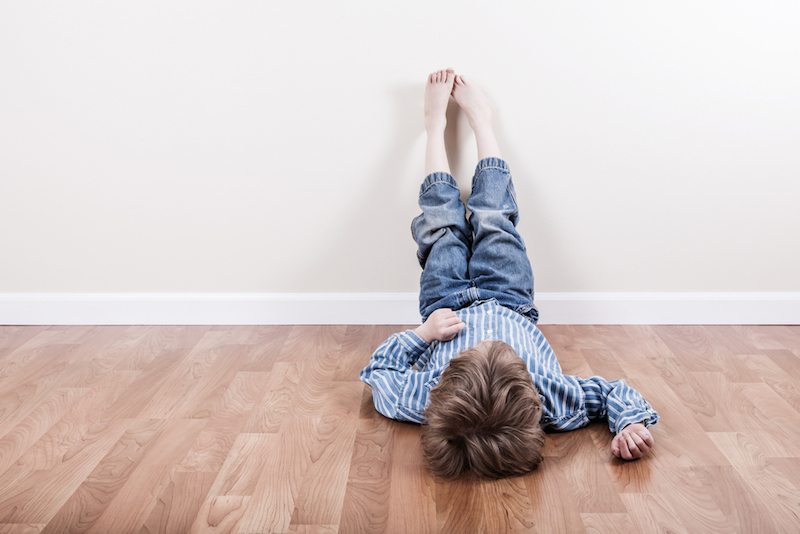How to Do Timeout: 12 Tips from Science
Have a chat, in some circumstances.

Experts also differ on how much post–time-out reasoning you should do with a child. The science is weak on the subject, Roberts said, and this is another area where parents can gauge their own kids' response to a chat about misbehavior. If the child was in time-out for disobedience, parents should simply going back to the previous activity without discussion, Roberts said. If the child was aggressive, parents should talk to the kid about what the child could have done differently, Roberts said.
Don't let time-out be a real out.

If kids go to time-out for refusing to pick up their toys, the parents should not spend that time cleaning up for the child, Roberts warned. "We do not let the child escape from the instruction that they disobeyed," he said. After the time-out, the kids need to go complete the task required of them, he said.
When psychologists are brought in to help "who we're really teaching is not the kid," Cipani said. "The kid's behavior will change when the parent changes the way they deal with them."
Original article on Live Science.
Get the world’s most fascinating discoveries delivered straight to your inbox.

Stephanie Pappas is a contributing writer for Live Science, covering topics ranging from geoscience to archaeology to the human brain and behavior. She was previously a senior writer for Live Science but is now a freelancer based in Denver, Colorado, and regularly contributes to Scientific American and The Monitor, the monthly magazine of the American Psychological Association. Stephanie received a bachelor's degree in psychology from the University of South Carolina and a graduate certificate in science communication from the University of California, Santa Cruz.



